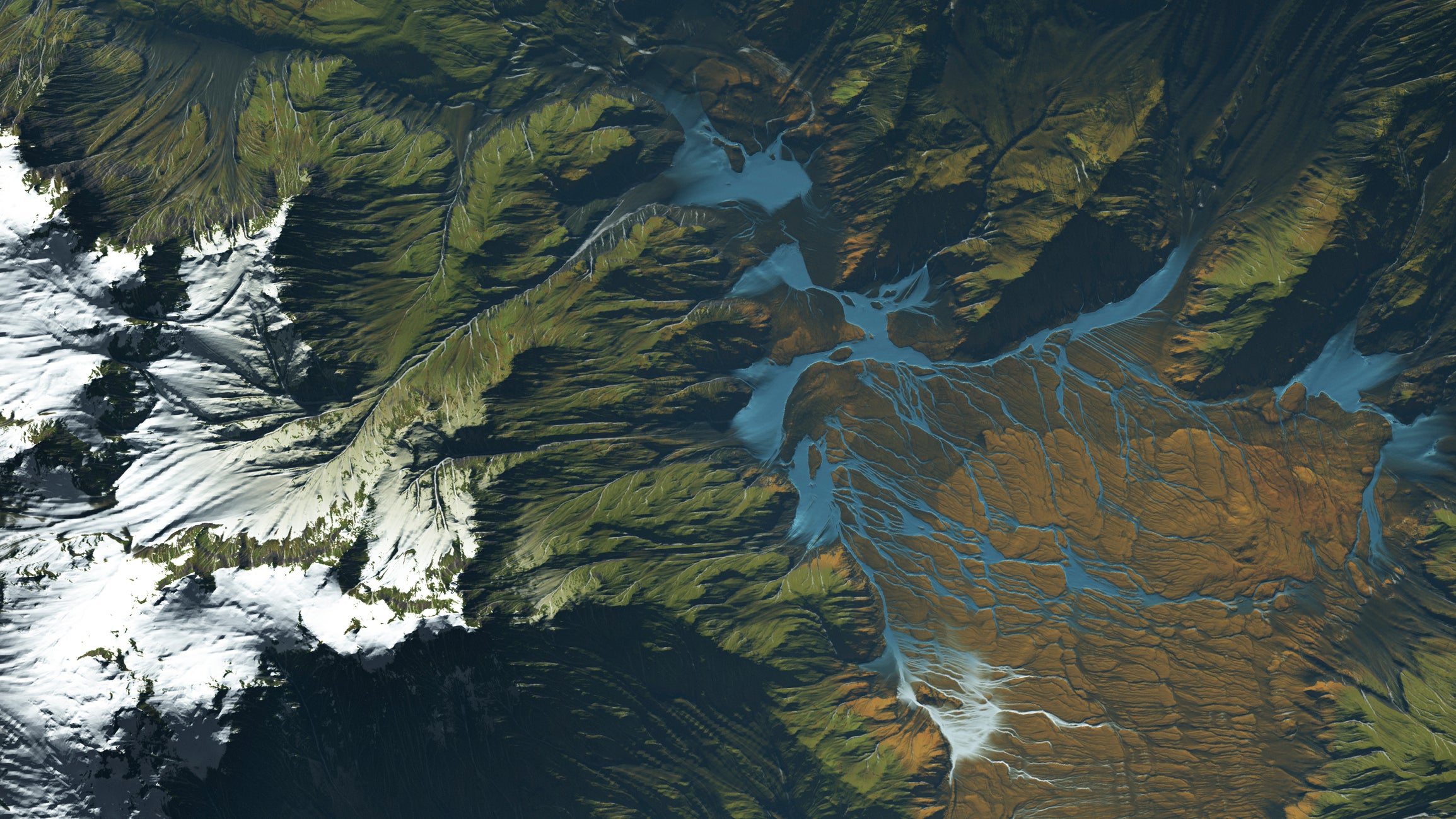Structure for Unifying Multiple Modeling Alternatives (SUMMA)

Contents
SUMMA or the Structure for Unifying Multiple Modeling Alternatives is a hydrologic modeling approach that is built on a common set of conservation equations and a common numerical solver, which together constitute the structural core of the model. Different modeling approaches can then be implemented within the structural core, enabling a controlled and systematic analysis of alternative modeling options, and providing insight for future model development.
The important modeling features are:
- The formulation of the conservation equations is cleanly separated from their numerical solution;
- Different model representations of physical processes (in particular, different flux parameterizations) can be used within a common set of conservation equations; and
- The physical processes can be organized in different spatial configurations, including model elements of different shape and connectivity (e.g., nested multi-scale grids and HRUs).
SUMMA can be used to configure a wide range of hydrological model alternatives. We anticipate that systematic model analysis will help researchers and practitioners understand reasons for inter-model differences in model behavior, and, when applied across a large sample of catchments, may provide insights on the dominance of different physical processes and regional variability in the suitability of different modeling approaches. An important application of SUMMA is selecting specific physics options to reproduce the behavior of existing models - these applications of model mimicry can be used to define reference (benchmark) cases in structured model comparison experiments, and can help diagnose weaknesses of individual models in different hydroclimatic regimes.
Source Code
SUMMA is an open-source project, with code made available under version 3 of the GNU General Public License (GPLv3). Among other things this means that we require that if you make changes to SUMMA (which we strongly encourage) and you want to distribute those changes, then all released improved versions must also be free software.
The SUMMA source code is maintained and distributed through the SUMMA page on github. This site also maintains information on model installation. Most of the active development on SUMMA is managed and discussed on this page as well.
Test Cases
This archive on Hydroshare contains a series of test cases for SUMMA:
There are two classes of test cases:
- Test cases based on synthetic/lab data; and
- Test cases based on field data.
Test cases based on field data, as described in the SUMMA papers
(Clark et al., Water Resources Research 2015)
- Field Data Test Case 1: Radiation transmission through an Aspen stand, Reynolds Mountain East
- Field Data Test Case 2: Wind attenuation through an Aspen stand, Reynolds Mountain East
- Field Data Test Case 3: Impacts of canopy wind profile on surface fluxes, surface temperature, and snow melt (Aspen stand,Reynolds Mountain East)
- Field Data Test Case 4: Form of different interception capacity parameterizations (no model simulations conducted/needed)
- Field Data Test Case 5: Snow interception at Umpqua
- Field Data Test Case 6: Sensitivity to snow albedo representations at Reynolds MountainEast and Senator Beck
- Field Data Test Case 7: Sensitivity of ET to the stomatal resistance parameterization (Aspen stand at Reynolds Mountain East)
- Field Data Test Case 8: Sensitivity of ET to the root distribution and the baseflow parameterization (Aspen stand at Reynolds Mountain East)
- Field Data Test Case 9: Simulations of runoff using different baseflow parameterizations (Reynolds Mountain East)
Participation
- Most of the active discussion about SUMMA's development takes place on the SUMMA github page. We strongly suggest that you go look there first if you have questions regarding the code. In addition, the resources page on this web site and the docs directory in the SUMMA source code archive include information on the model background, installation and operation.
- We do not have the resources to provide individual support for SUMMA. However, for more general questions, please send an email to summa@rap.ucar.edu.
How to Cite:
-
A unified approach to process-based hydrologic modeling. Part 1: Modeling concept. Water Resources Research, 51
Description
The motivation for SUMMA's development and some initial examples are described in a two-part paper in Water Resources Research. If you use SUMMA, please credit these two publications:
Clark, M. P., B. Nijssen, J. Lundquist, D. Kavetski, D. Rupp, R. Woods, E. Gutmann, A. Wood, L. Brekke, J. Arnold, D. Gochis, and R. Rasmussen, 2015a: A unified approach to process-based hydrologic modeling. Part 1: Modeling concept. Water Resources Research, 51, doi: 10.1002/2015WR017198.
-
A unified approach for process-based hydrologic modeling: Part 2. Model implementation and example applications. Water Resources Research, 51
Description
Clark, M. P., B. Nijssen, J. Lundquist, D. Kavetski, D. Rupp, R. Woods, E. Gutmann, A. Wood, D. Gochis, R. Rasmussen, D. Tarboton, V. Mahat, G. Flerchinger, and D. Marks, 2015b: A unified approach for process-based hydrologic modeling: Part 2. Model implementation and example applications. Water Resources Research, 51, doi: 10.1002/2015WR017200
Resources
-
The Structure for Unifying Multiple Modeling Alternatives (SUMMA), version 1: Technical description
Description
SUMMA's implementation is described in detail in this NCAR Technical Note:
Clark, M. P., B. Nijssen, J. Lundquist, D. Kavetski, D. Rupp, R. Woods, E. Gutmann, A. Wood, L. Brekke, J. Arnold, D. Gochis, R. Rasmussen, D. Tarboton, V. Mahat, G. Flerchinger, and D. Marks (2015a), The Structure for Unifying Multiple Modeling Alternatives (SUMMA), version 1: Technical description, NCAR Technical Note NCAR/TN-514+STR, 54 pp., National Center for Atmospheric Research, Boulder, Colo., doi:10.5065/D6WQ01TD.